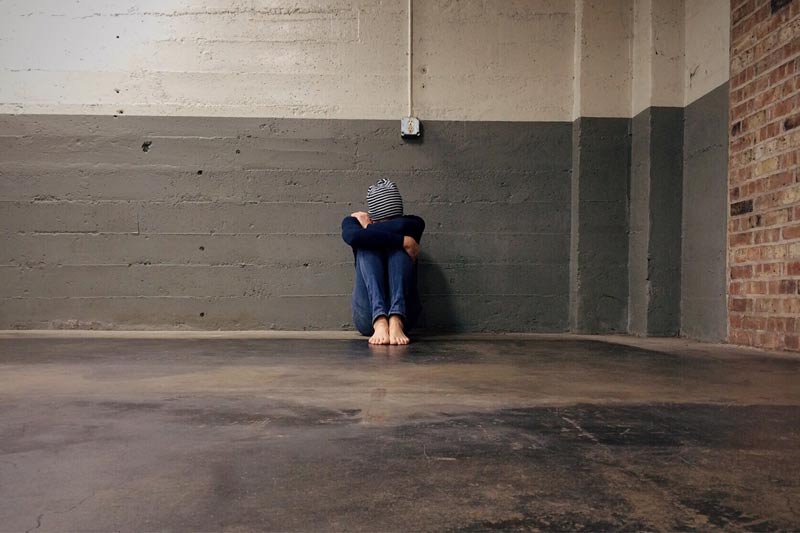On our last blog we discussed prescription opiates. Namely, how they affect the brain, some common names, and how to tell if your loved one is using prescription opiates. This blog post will further discuss how to spot opioid withdrawals. As we discussed previously, taking an opioid over a long period of time can lead to tolerance and dependence. This dependence is psychological (in the mind). However, what distinguishes opiates from other drugs is the withdrawal symptoms caused by the physical dependence they create.
Signs of Opioid Withdrawal
Regardless of the type of opioid used, signs of withdrawal are similar for all opioids and can include:
Physical and psychological symptoms may include:
- Nausea and vomiting
- Anxiety
- Insomnia
- Hot flashes
- Sweating
- Muscle cramps
- Teary eyes
- Runny nose
- Diarrhea
More intense and longer-lasting symptoms may include:
- Rapid heartbeat
- High blood pressure
- Dilated pupils
- Fatigue
- Paranoia
- Hyperactivity
The severity of opioid withdrawal symptoms depends on a few factors:
- the length of time using the substance
- the substance itself
- the method of abuse (e.g., snorting, smoking, injecting, or swallowing)
- the amount taken each time
- family history and genetic makeup
- medical and mental health history

How Long Do Opioid Withdrawals Last?
Most opioid withdrawal symptoms start within the first 24 hours after a person stops using opiates, but they may appear as soon as 8 hours after a person discontinues use. In total, withdrawal tends to last a total of four to 10 days, but each person’s timeline may vary. General guidelines offered suggest the following three-stage timeline:
Withdrawal symptoms can be uncomfortable or even painful. It’s important to remember, however, that the discomfort is only temporary. Because of this temporary discomfort, relapse is very likely to occur during the first two or three days of withdrawal.
How To Treat Opioid Withdrawal
Like most addictions, opioid withdrawal is a two step process. First, you must navigate the physical withdrawal that is sure to come with the stopping use of opioids. After these physical symptoms, which require all of your attention for up to two weeks, comes the mental aspect.
Length, duration and severity of use will determine the severity of withdrawal. Basically, how dependent your body has become on the opioid will determine just how “sick” one gets during withdrawals. There are two ways to navigate this period known as detox.
- The person withdrawing can choose to “hunker down” on their couch and attempt to endure the withdrawal symptoms on their own. This can be done as most withdrawal symptoms are similar to a severe flu. However, this is not recommended for many reasons. Most importantly, if your withdrawal symptoms are not managed (diet, liquids, etc), a person can become dehydrated to the point of death.
2. The medically suggested way to detox is through a professional detox facility. An appropriate detox facility should have a licensed and trained medical doctor on-site to assist in the detox process. There are undoubtedly numerous detox facilities within your area. Just makes sure you do your due diligence before entering any facility.
Finally, after the physical withdrawal comes the mental part of sobriety. While the physical withdrawals from opioids can be daunting, it is the long-term mental aspect that separates the pretenders. However, experience has shown that a proper detox followed by counseling, education, family and individual therapy, and support groups can help an individual recover from addiction. San Diego Sober Living would love to discuss any questions you may have regarding addiction and how to spot opioid withdrawals

